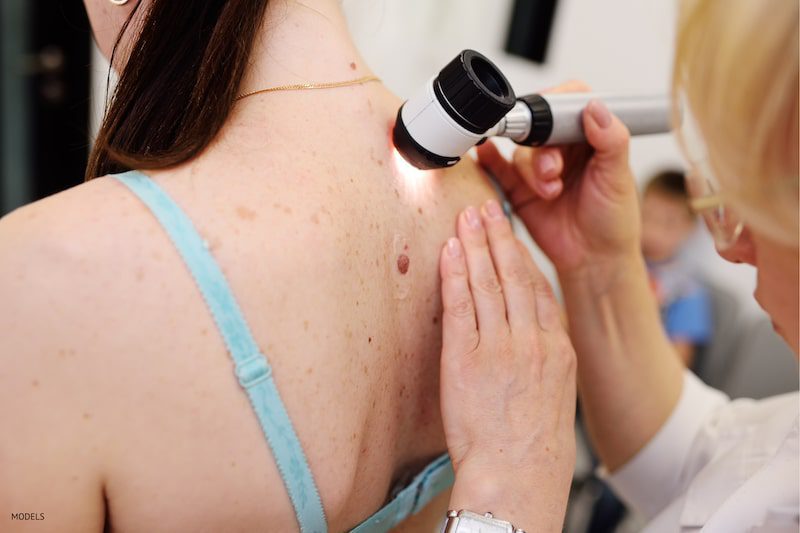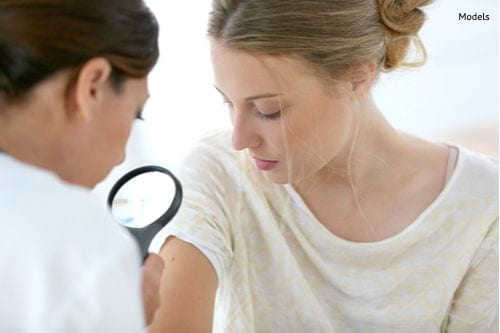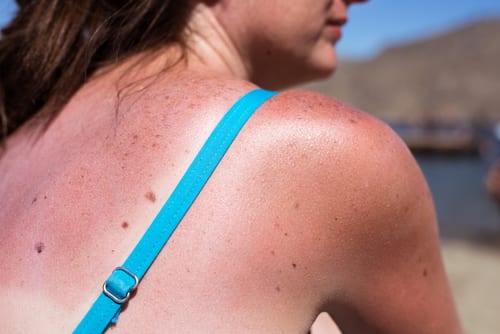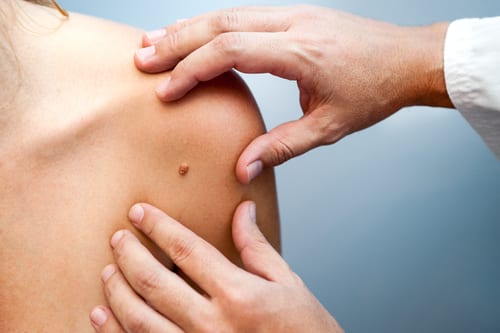What Are the Benefits of Wearing Sunscreen Every Day?
Skin Cancer, Sun Damage | The Office of Dr. Vincent Hung
2 Minute Read:
Sun damage used to mean the occasional burn and a few freckles. But we now know more about the devastating effects of the sun on unprotected skin. Not only does exposure accelerate aging and cause fine lines and wrinkles, but it can also lead to unattractive skin abnormalities and even skin cancers.
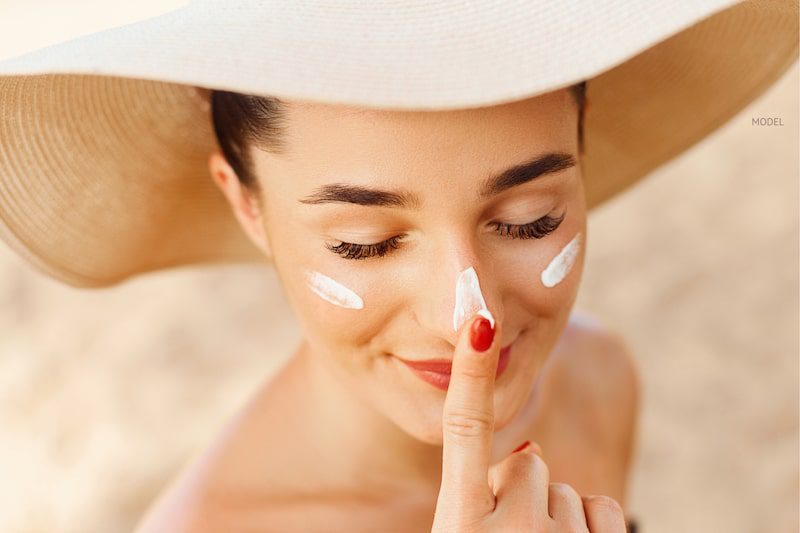
Now, parents are encouraged to slather children in sunscreen, and older adults are advised to avoid direct sun altogether. Even the American Academy of Dermatology Association (AAD) strongly recommends the regular use of sunscreen for all ages to prevent skin cancer and reduce skin damage.
What Damage Does Sun Exposure Do to the Skin?
At the cellular level, DNA is altered when exposed to ultraviolet (UV) light.
Even though you might not notice the effects of sun exposure right away, damage in the deeper layers of the skin accumulates over time.
Without sunscreen, skin regularly exposed to the sun will eventually begin to show irreversible damage. This will manifest as wrinkles, sunspots, and cellular irregularities, such as skin tags and, potentially, cancerous growths.
What Are the Different Types of Sunscreen?
There are many formulations on the market when it comes to sunscreen and sunblock. The AAD suggests checking labels for products that offer this bare minimum: broad-spectrum protection (protects against UVA and UVB rays), SPF 30 or higher (some products go up to 60 SPF), and water resistance.
Sunblocks are less discreet but equally effective, blocking UV rays with a physical barrier made from minerals like titanium dioxide or zinc oxide. However, they are a bit more difficult to use than sunscreen creams and gels absorbed by the skin.
How to Use Sunscreen for Maximum Benefit
Sunscreen will protect you better if you use it correctly.
Following these few tips from dermatologists may help:
- Apply sunscreen at least fifteen minutes before heading outside — it takes a bit of time to start working
- Reapply sunscreen every two hours — one application will not help you much for an entire day in the sun
- Don’t rely solely on sunscreen for protection — seek shade, wear a brimmed hat, and stick to clothes that cover (many fabrics have UV protection built in these days)
- Don’t forget these parts of your body when applying sunscreen: your ears, tops of feet, and the tip of your nose
Interested in Learning More?
Concerned that your skin has been sun damaged or that you may have developed skin cancer?
Get in touch with the friendly professionals at the California clinic of Vincent C. Hung, MD, specializing in dermatology and plastic surgery. Call our Pasadena office at 626-432-5032 or our Newport Beach office at 949-574-8292, or use the contact form to schedule a consultation.
